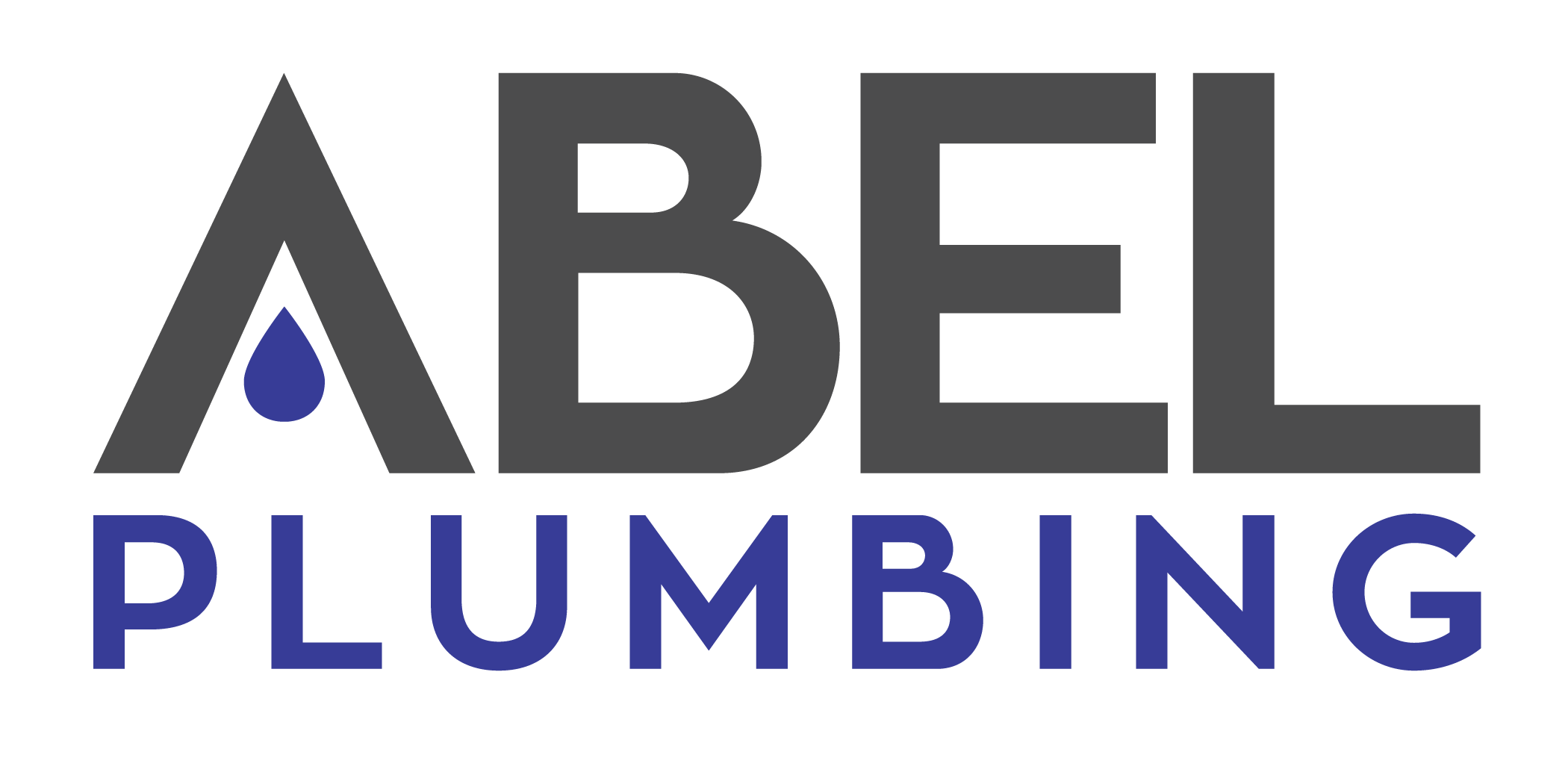Knowing the signs of a burst pipe, what immediate steps to take, and when to call a professional plumber can save you from costly water damage and major headaches. Abel Plumbing wants to help you stay prepared.
Read MoreBetween big meals, houseguests, and cold weather, the holiday season is one of the busiest times of the year for plumbers. Here are the top plumbing mishaps we see this time of year and how you can keep them from happening in your home.
Read MoreA hard freeze can cause burst pipes, damaged fixtures, and expensive water damage, all of which are completely avoidable with a little preparation. Here are five essential plumbing tasks to check off before the first deep freeze of the season.
Read MoreFrom frozen pipes to sewer backups, these plumbing nightmares can turn your home into a real haunted house. Abel Plumbing is here to help you spot, prevent, and fix the scariest plumbing issues before they strike.
Read More
